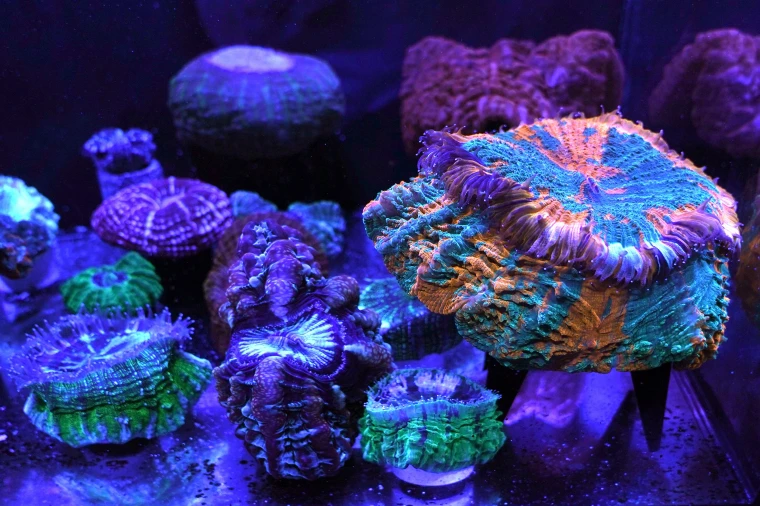Genetically Modified Vegetables, What Are They :
Vegetables that have had alterations made to their DNA through genetic engineering techniques are referred to as genetically modified vegetables (GM foods), also known as genetically engineered foods (GE foods), or bioengineered foods. When compared to earlier techniques like selective breeding and mutant breeding, genetic engineering techniques enable the introduction of new traits as well as more control over traits.
Do I Eat Genetically Modified Vegetables?
You almost certainly consume foods and products that include genetically modified vegetable ingredients. Ingredients that humans consume, such as cornstarch, corn syrup, corn oil, soybean oil, canola oil, or granulated sugar, are made from a variety of GMO crops. Some fresh produce, such as potatoes, summer squash, apples, papayas, and pink pineapples, is offered in GMO variants. Despite the fact that many of the foods humans consume include GMOs, the majority of GMO crops are developed for animal feed.

Why Are Genetically Modified Vegetables Made :
The majority of genetically modified crops currently in use have been engineered to increase yield through the introduction of plant disease resistance or increased herbicide tolerance. As a result of increased yields and dependability, GM crops may potentially enable price drops in the food supply.
Are Genetically Engineered Vegetables Safe?
Yes. There is no proof that a crop is unsafe to consume just because it is genetically modified. Each crop with a new trait introduced by GM is closely examined since there may be dangers related to the specific new gene introduced.
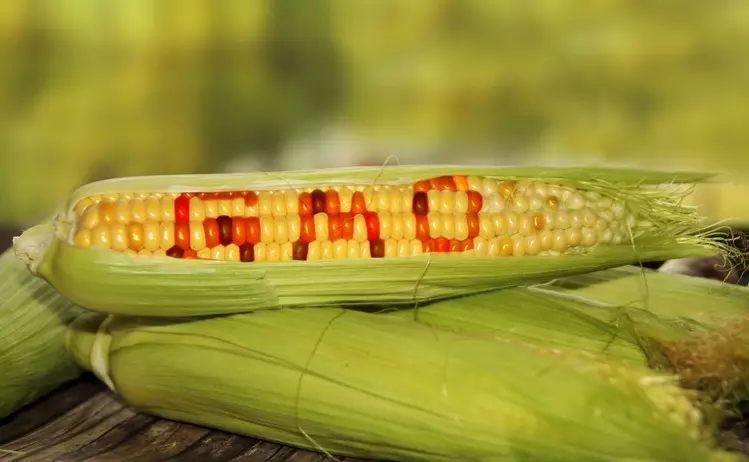
Are Genetically Modified Vegetables Healthy?
GMO foods are just as wholesome and secure to consume as their non-GMO equivalents. In fact, several GMO plants have undergone modifications to increase their nutritional worth. An example of genetically modified vegetables is soybeans with healthier oils that can be used to replace oils that contain trans fats.
What Are The Negatives Of Genetically Modified Foods?
One specific worry is the potential for genetically modified vegetables to have a harmful impact on human health. This might be brought on by dietary changes, allergic reactions, or unfavorable side effects like toxicity, organ damage, or gene transfer.

What Are The Genetically Modified VEgetables Presently In Use :
There are now just a few varieties of GMO crops grown across the countries, but some of these GMO crops account for a sizable portion of the crops produced (e.g., soybeans, corn, sugar beets, canola, and cotton).
The List Goes As :
1. Corn
The most widely farmed crop in the world today is corn, and the majority of it is genetically modified. The majority of GMO corn is designed to withstand herbicides or fight insect pests. The GMO corn Bacillus thuringiensis (Bt) produces poisonous proteins for some insect pests but not for people, pets, livestock, or other animals. The proteins that organic farmers employ to manage insect pests are the same ones that are safe for helpful insects like ladybugs. Insect damage is still prevented while using less insecticide with GMO Bt corn. Although a lot of GMO maize is used to make processed meals and beverages, the majority of it is fed to animals like cows and birds like chickens.
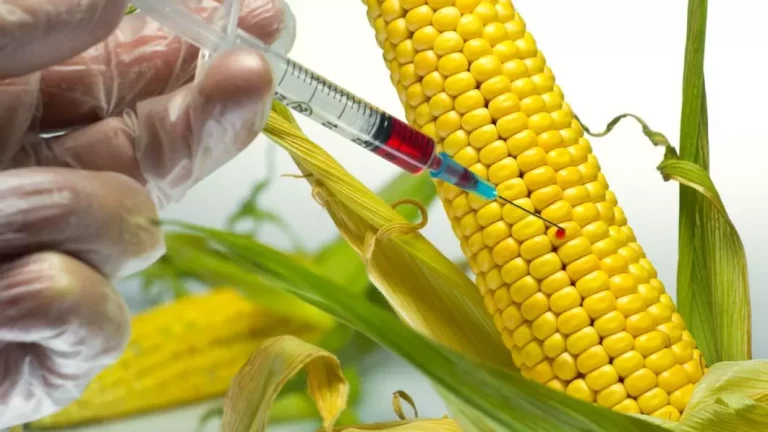
2. Cotton
The cotton business was revived by GMO cotton, which was developed to be bollworm-resistant. In addition to offering a consistent source of cotton for the textile sector, GMO cotton is also used to produce cottonseed oil, which is utilized in many restaurants for frying and in packaged goods. Animal feeding also includes GMO cottonseed meals and hulls.
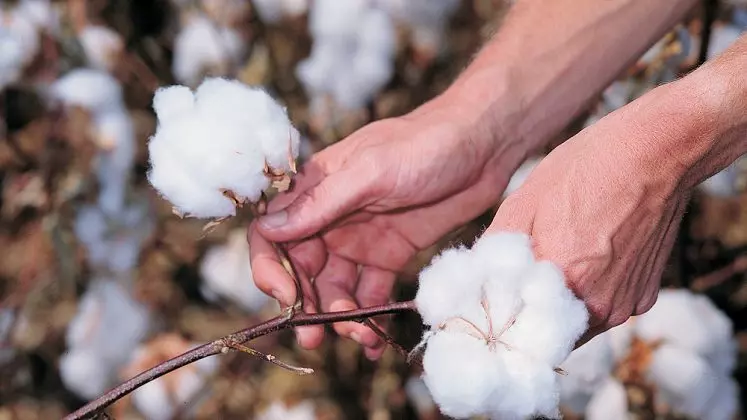
3. Soybean
GMO soy is what is farmed worldwide the most. The majority of GMO soy is used to produce soybean oil as well as animal feed, primarily for poultry and livestock. Lecithin, emulsifiers, and proteins are also employed as ingredients in processed foods.
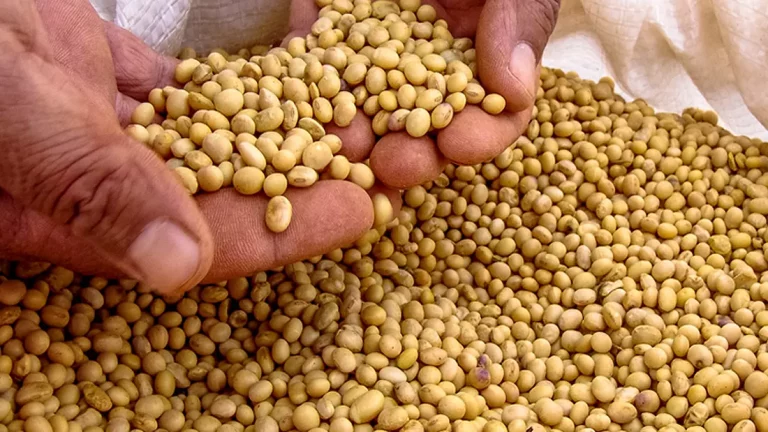
4. Canola
Margarine and cooking oil made from GMO canola are the two main uses. Animal food can also be made with canola seed meal. Many packaged foods contain canola oil to enhance food consistency. Herbicide resistance in the majority of GMO canola enables farmers to more easily control weeds in their crops.

5. Alfalfa
Cattle, particularly dairy cows, are fed GMO alfalfa. The majority of GMO alfalfa is herbicide resistant, enabling farmers to spray the crops in order to protect them against invasive weeds that could impair hay quality and diminish alfalfa yield.

6. Potatoes
Some GMO potatoes were created to be disease and insect-resistant. A few GMO potato varieties have also been created to withstand bruising and browning. This can happen when potatoes are packaged, stored, and transported, or even just chopped in your kitchen. Although browning doesn’t affect the potato’s quality, it frequently results in food being thrown away needlessly because people incorrectly think browned food is rotten.
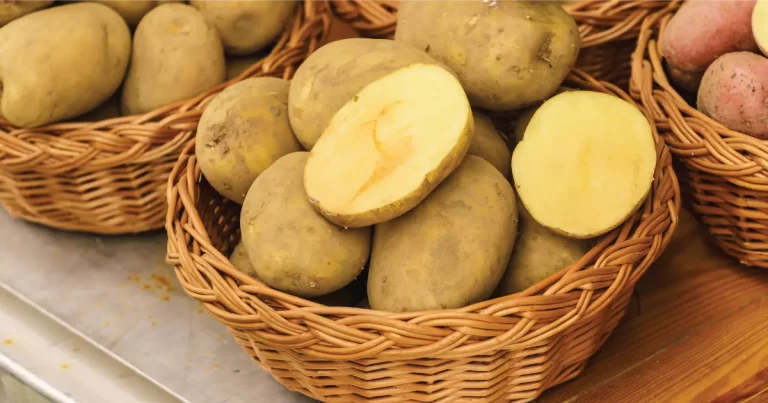
7. Papaya
By the 1990s, the ringspot virus epidemic had almost completely decimated Hawaii’s papaya crop and in the process, the state’s papaya economy. The Rainbow papaya, GMO papaya, was developed to be resistant to the ringspot virus. The Hawaiian Islands’ papaya farming was saved by this GMO.
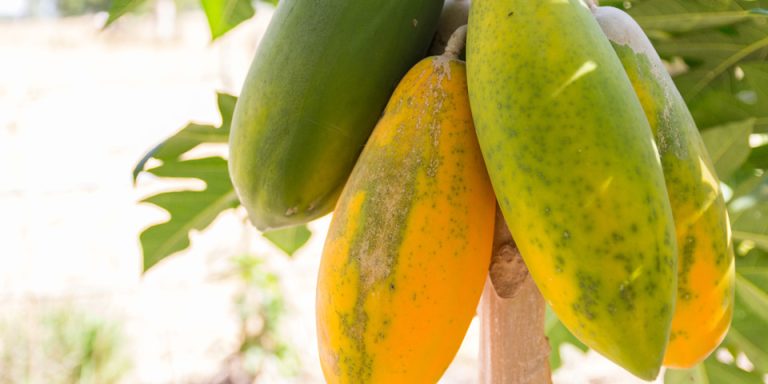
8. Sugar Beet
Granulated sugar is made from sugar beets. GMO sugar beets are used to produce more than half of the granulated sugar that is packaged for grocery store shelves. Growing GMO sugar beets helps farmers control weeds in their fields since GMO sugar beets are resistant to herbicides.
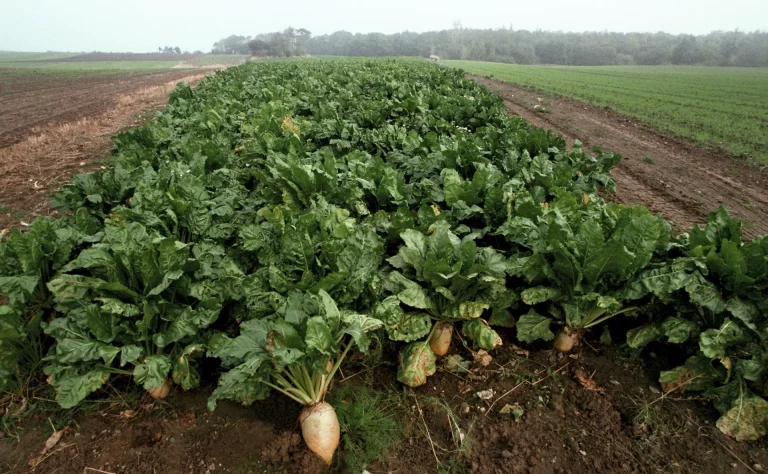
Is Genetic Modification Used To Make Anything Besides Food :
Most likely, food comes to mind when you hear the term “GMO.” However, some medicines can also be made with the help of GMO-making methods. In actuality, human insulin, a drug used to treat diabetes, was first produced through genetic engineering, the method used to manufacture GMOs. The FDA goes through a thorough approval process before approving any genetically engineered medications. Before being licenced for use in humans, all medications must be demonstrated to be both secure and efficient. Additionally, the textile sector makes use of GMOs. To manufacture cotton fibre, which is then used to make fabric for garments and other items, some GMO cotton plants are employed.









